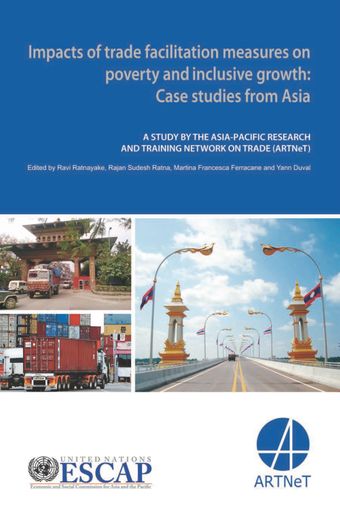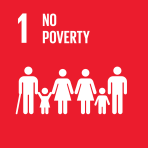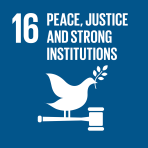Impacts of trade facilitation measures on poverty and inclusive growth
Case studies from Asia

Abstract
Trade and investment are growth engines in Asia and the Pacific enabling them to significantly reduce poverty during the past two decades. However, performance would improve if high tariff and non-tariff barriers issues were addressed; non-tariff trade costs alone account for over 90% of overall trade costs. With some of the world’s most dynamic economies located in the region, the potential for expansion of intraregional trade and investment in Asia and the Pacific exists, making the whole region more resilient to external shocks. Unfortunately, many barriers prevent intraregional movement of goods and investment, affecting in particular the opportunities for small and medium-sized enterprises (SMEs) to directly participate in international trade. Removal of those barriers and deepening regional connectivity can therefore be a strong driver of growth and poverty reduction. While sufficient literature exists with regard to establishing a direct and positive correlation between trade and poverty reduction, very few studies have been undertake. This book addresses that gap and features a compilation of specific case studies exploring the link between a number of trade facilitation measures and poverty reduction.
© United Nations



